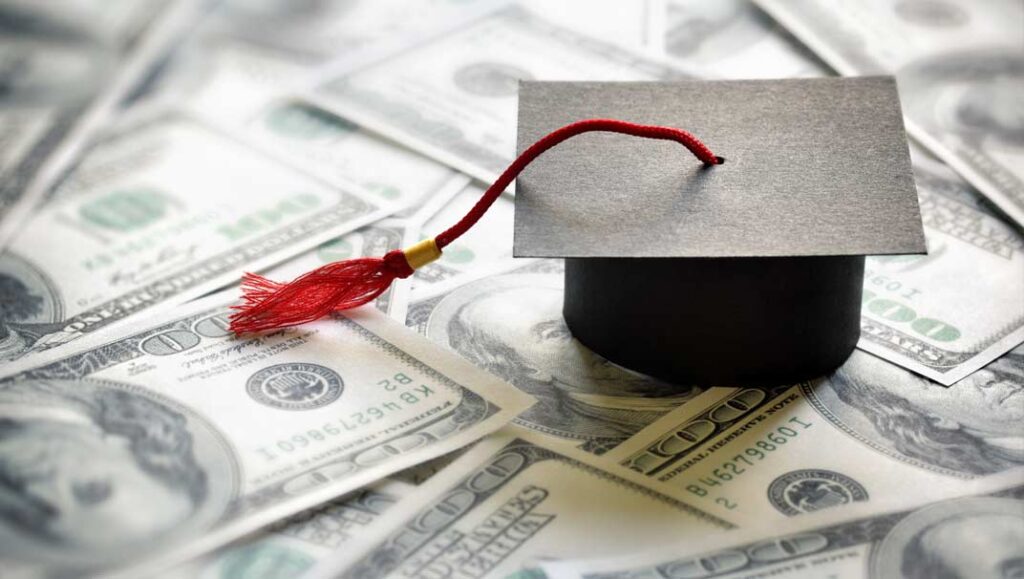
Filing for bankruptcy can eliminate many types of outstanding debt, including credit card balances and medical bills; but what about loans for big-ticket items like a car, house, or furniture? A vehicle loan, a home mortgage, and a payment plan for merchandise may also be some of the loans with a bankruptcy that are dischargeable, depending upon your goals and individual circumstances.
Unsecured v. Secured Loans
There are two types of common loans dealt with in bankruptcy court: secured and unsecured credit. A secured loan is backed by a debtor’s obligation to return property that is not fully paid for (a car or a house, for example). An unsecured loan, such as for a credit card, gym membership, utilities, or rental lease, is unattached to returnable property. Both types of loans are potentially dischargeable with a bankruptcy.
Dischargeable Loans with a Bankruptcy
Unsecured loan balances can and often are eliminated in both Chapter 7 and Chapter 13 bankruptcy filings. In Chapter 7 liquidation, these loan balances may be partially paid when your nonexempt property is sold; then the remaining debt will be wiped away. In a Chapter 13 reorganization, many unsecured loans are automatically discharged.
Secured loans can also be discharged in bankruptcy — but the lender has the right to seize the financed property. If they cannot pick the items up, the creditor can foreclose, such as in the case of a home or land lot.
In Chapter 13 bankruptcy, you can often keep some of your secured property, including your residence. Chapter 13 allows you to enter into an agreement to pay off delinquent loans over an extended period of time (three to five years).
Negotiated Loans
For many consumers who are struggling financially, the good news is this: loans subject to Chapter 13 repayment can often be renegotiated to the benefit of the debtor. In many cases, you may be able to reduce the interest rate on an existing loan and/or extend payments for a longer term. It is the bankruptcy court that determines the appropriate interest rate to pay your secured creditors.
Another beneficial option is a Chapter 13 “cram down” on secured debt. A cram down refers to reduction of a loan balance to match the actual replacement value of the purchased property. Cram downs do not apply to a residential home mortgage, but can be used for a vacation home, car loan, and other secured loans.
It is especially common to see cram downs used for vehicle loans, since these loans are popular and new cars usually do not hold their retail value. For example, you may owe an $8,000 balance on a car loan, but your car may now have a resale value of just $5,000. In this case, you could negotiate a plan to pay the bank $5,000 and eliminate the rest of the debt. This is possible if you purchased the vehicle more than 30 months (about 2.5 years) prior to filing bankruptcy.
For loans on household goods, there is a similar “one-year rule,” which holds that eligible items must have been purchased a year or more prior to filing for bankruptcy. Loans that may qualify for a cram down include financing for:
- Furniture
- Appliances
- Electronics
- Jewelry
- Recreational vehicles.
Loans Remaining Due and Payable
There are some types of loans that usually cannot be altered by a bankruptcy filing. You will not be able to discharge a student loan unless you can show that paying it presents “undue hardship.” It is difficult to prove this standard since you must show your inability to make payments is expected to extend into the long-term future.
Other loans you cannot discharge with a bankruptcy include:
- A payment plan for delinquent alimony or child support
- A loan for repaying payroll taxes or tax penalties.
For help with any type of personal bankruptcy concern, please don’t hesitate to contact the attorneys at Bunch & Brock.








